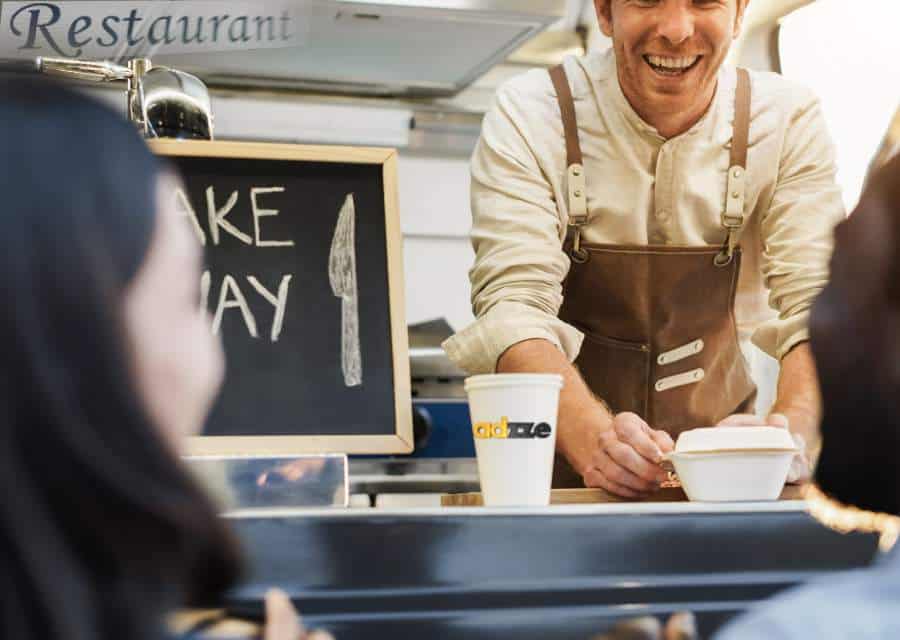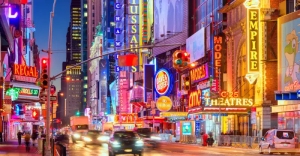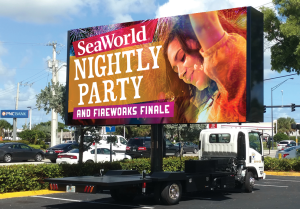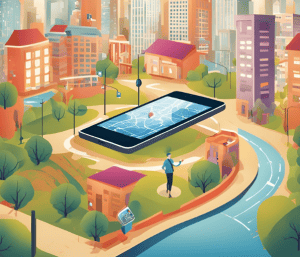In a world dominated by digital impressions and fleeting ad views, restaurant marketers are rediscovering something powerful: the value of touch. More specifically, they’re learning how to turn everyday items — like coffee cups and coasters — into repeat-traffic machines using QR codes and in-hand media formats.
If you’re focused on the restaurant local media placement strategy and want more than just awareness — you want measurable customer return — it’s time to stop thinking of cups and coasters as disposable. Instead, think of them as loyalty triggers that drive action at the exact moment when consumers are most relaxed and receptive.
In this blog, we’ll explore how QR-driven campaigns on tactile surfaces like bar coasters, coffee sleeves, and even placemat ads are becoming the unsung heroes of restaurant advertising — and how they give your brand a new layer of control over customer loyalty and retention.
Why the Restaurant Local Media Placement Strategy Is Due for a Loyalty Upgrade
Most restaurant ads focus on short-term goals:
Getting new foot traffic
Promoting a new menu item
Pushing a seasonal discount
And while these are important, very few campaigns focus on the loyalty layer — the long-term value of a returning guest. Here’s where tactile media comes into play.
Whether it’s a coffee sleeve that carries a scan-to-win code, or a coaster that leads to a digital punch card, QR-integrated restaurant advertising bridges physical interaction and digital retention. And in local environments where trust, repetition, and community matter, in-hand media is more than a format — it’s a strategy.
How QR Codes Supercharge Tactile Restaurant Advertising
The power of a QR code isn’t in the code itself — it’s in when and where it’s encountered.
That’s why the restaurant local media placement of a QR matters. A table tent may be ignored, but a coaster under your drink, or a coffee sleeve in your hand? That gets seen. And often, scanned.
Here’s how QR codes turn static restaurant ads into dynamic loyalty tools:
Immediate Interaction
When the message is in-hand, the time to action is near-zero. A coaster saying “Scan to unlock your next drink discount” drives curiosity right now.
Mobile Funnel Integration
Every QR code can lead to:
Loyalty programs
First-party data collection (email, SMS opt-ins)
Feedback surveys
Google reviews
Digital coupon redemption
Low Barrier to Entry
No app needed. No forms at the counter. Just a tap and go — perfect for busy lunch crowds, bar patrons, or takeaway customers.
Where the Restaurant Local Media Placement Works Best
Let’s break down real-world settings where QR-enabled in-hand restaurant ads create loyalty momentum:
☕ Coffee Shops & Cafés
Media: Coffee sleeves, lids, takeaway cup stickers
CTA: “Scan to earn your next free drink”
Result: High scan rate, especially among morning commuters
🍺 Bars and Breweries
Media: Coasters, beer flights, table toppers
CTA: “Scan to rate this brew — get a free tasting next visit”
Result: Fun interaction + valuable feedback + email opt-in
🍽️ Casual Dining & Fast Casual
Media: Tray liners, placemat ads, napkin wraps
CTA: “Scan for $5 off your next meal — just tell your server”
Result: Immediate scan + future visit incentive
🛍️ Takeout & Delivery
Media: Receipt holders, bag stickers, to-go containers
CTA: “Get a mystery reward — scan this before you eat”
Result: Extends the experience beyond the restaurant, into the home
Don’t Forget Placemat Advertising — It’s the Dining Room Billboard
While coasters and cups get most of the attention, don’t overlook the power of placemat ads. These are especially effective in:
Family-style restaurants
Diners and breakfast spots
Food courts or mall cafés
Hospital or college cafeterias
When done right, a placemat advertisement offers:
Dwell time: Guests spend 20–30 minutes reading them
Brand intimacy: Placed at personal space, with low distraction
High recall: Useful, readable, and often shared (especially with kids)
Add a QR code to a placemat ad, and you’ve just created a digital bridge between the table and your loyalty program.
The Data Advantage: Measuring Loyalty from the Table Up
One of the biggest criticisms of traditional restaurant ads is their lack of measurability. But with QR-driven tactile media, every scan tells a story:
What location it happened in
Time of day and day of week
Device used
Whether the user converted, joined, or revisited
This gives marketing teams the ability to A/B test coaster campaigns or compare placemat advertising effectiveness between two stores — insights previously reserved for digital-only ads.
A Smart Loyalty Funnel in Action
Here’s an example of a smart, scalable restaurant local media placement strategy using coasters:
Restaurant Type: Sports Bar with 3 local locations
Media Used: Branded coasters with a “Scan for next round” message
QR Destination: A gamified spinner that gives 10%–100% off next visit
Email Collection: Required to unlock offer
Result:
37% coaster scan rate
22% of scanned users joined loyalty program
9% returned within 10 days using the discount






